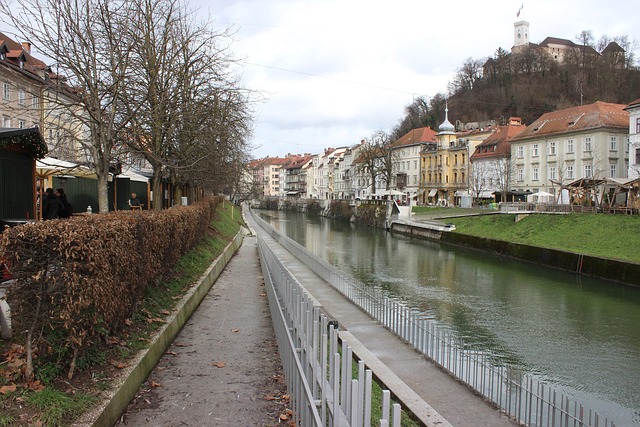In Karachi, understanding the Air Quality Index (AQI) is crucial for resident health, as it reflects pollutant concentrations. The AQI categorizes air quality from good to hazardous and highlights challenges like elevated PM2.5, PM10, and nitrogen oxides in areas like Khalid Bin Walid Road due to heavy traffic and industrial activities. Solutions include stricter emission standards, promoting public transport and electric vehicles, increasing green spaces, and community awareness for improved air quality.
In Karachi, understanding and monitoring air quality is paramount for the well-being of its residents. This article delves into the intricate world of the Air Quality Index (AQI), focusing on Khalid Bin Walid Road as a case study. We explore how this metric quantifies air pollution levels, with specific attention to Karachi’s unique challenges. Furthermore, it presents strategic interventions aimed at improving urban air quality, offering insights into making our cities healthier and more sustainable.
- Understanding Air Quality Index in Karachi
- Khalid Bin Walid Road: A Case Study
- Strategies to Improve Air Quality in Urban Areas
Understanding Air Quality Index in Karachi

In Karachi, understanding the Air Quality Index (AQI) is crucial for residents’ health and well-being. The AQI is a standardized scale that measures air quality by gauging levels of pollutants in the atmosphere, providing a numerical value indicating its purity. It categorizes air quality as good, moderate, unhealthy, or hazardous based on the concentration of fine particulate matter (PM2.5 and PM10), ground-level ozone, carbon monoxide, sulfur dioxide, and nitrogen dioxide.
Karachi, as a bustling metropolis, often faces challenges related to air pollution, especially during certain seasons. The city’s AQI offers valuable insights into these issues, enabling residents and authorities to take proactive measures. By staying informed about the AQI, Karachis can adjust their outdoor activities, ensure proper ventilation at home, and contribute to overall air quality improvement initiatives.
Khalid Bin Walid Road: A Case Study

Khalid Bin Walid Road, a bustling thoroughfare in Karachi, serves as an intriguing case study for understanding urban air quality challenges. The road, known for its heavy traffic and diverse industrial activities, often experiences elevated levels of air pollutants, posing significant health risks to residents nearby. Regular monitoring data reveals spikes in particulate matter (PM2.5 and PM10), nitrogen oxides, and volatile organic compounds during peak hours.
This urban corridor highlights the complex interplay between vehicle emissions, industrial releases, and local topography, contributing to a poor air quality index (AQI). The situation necessitates strategic interventions, such as implementing stricter emission standards for vehicles, promoting cleaner transportation options, and developing green spaces to mitigate the impact of pollution on the health and well-being of Karachi’s citizens.
Strategies to Improve Air Quality in Urban Areas

To improve air quality in urban areas like Karachi, several strategic initiatives can be implemented. One key approach is to promote public transportation and encourage the use of electric vehicles. By reducing the number of private cars on Khalid Bin Walid Road and other congested routes, emissions from vehicle exhausts can significantly decrease. Additionally, implementing stricter emission standards for industries and power plants can limit the release of pollutants into the atmosphere.
Green spaces play a vital role in mitigating air pollution. Planting more trees along major roads and creating urban parks can help absorb harmful pollutants. Karachi’s citizens can also contribute by adopting energy-efficient practices at home, such as using LED bulbs and optimizing heating/cooling systems. Community awareness campaigns about the impact of littering and promoting responsible waste disposal habits are essential steps towards a cleaner, healthier environment for all residents.
Karachi’s air quality, as evidenced by the data on Khalid Bin Walid Road, highlights the pressing need for urban areas worldwide to implement effective strategies. By understanding the Air Quality Index (AQI) and its impact, we can navigate through complex challenges and make informed decisions. The case study of Khalid Bin Walid Road serves as a powerful example, demonstrating that collaborative efforts between authorities, communities, and individuals are essential for creating sustainable solutions. Adopting these strategies to combat air pollution in Karachi and similar urban centers is crucial for improving public health and ensuring a cleaner, healthier future for all residents.





Leave a Reply